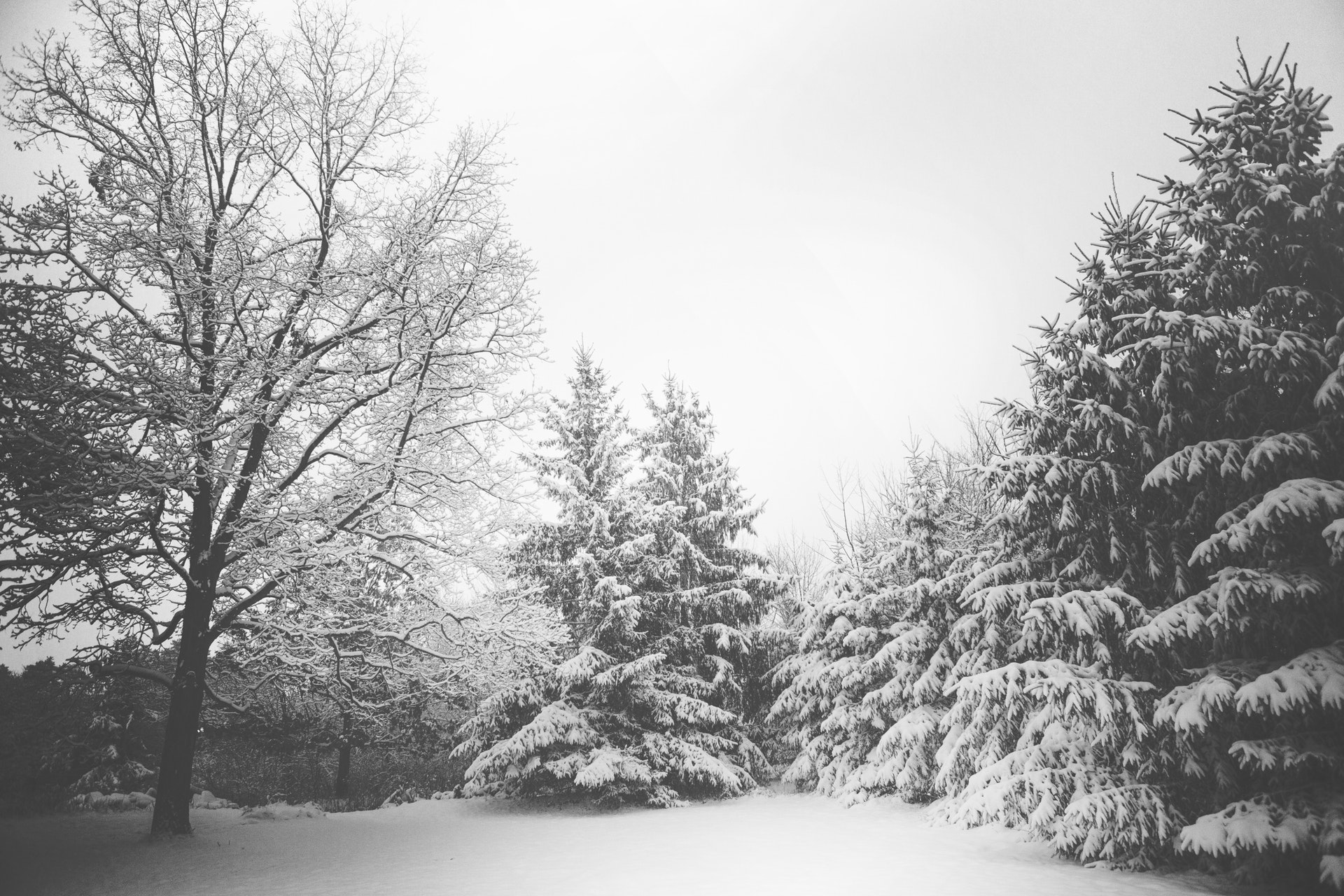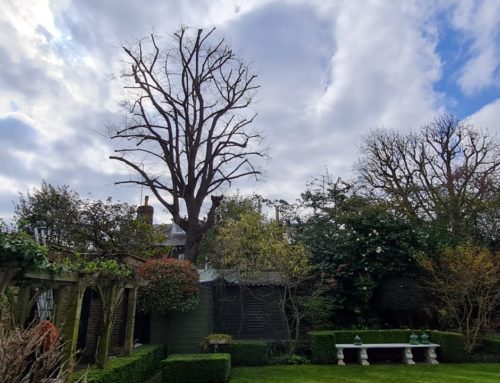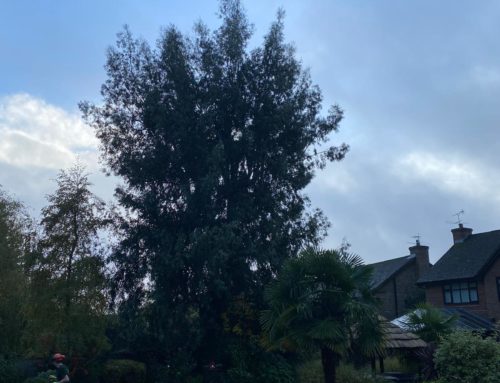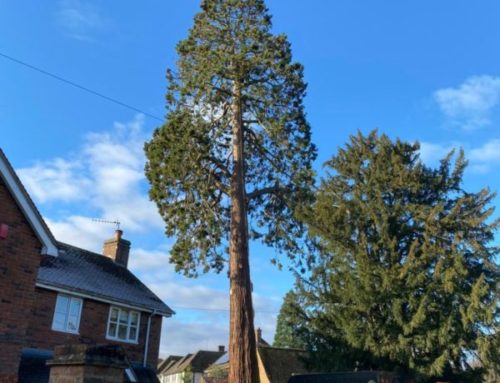Winter Tree Care
Storms, ice and rapid temperature fluctuations above and below zero degrees centigrade are all characteristics of winter weather here in the south of England. Even for species native to colder regions, this is a stressful time and this is particularly true for the exposed and isolated trees of gardens and managed parkland. Some of this stress is unavoidable and as we have no control over the climate, we must do what we can to mitigate the damage caused by the stresses of winter.
Cold Stresses
Cold stresses take a number of forms. The first is the effect on mature trees of a rapid change between daytime heat and nighttime freezing. These temperature variations can lead to stresses within the tree between the outer bark and inner wood leading to cracks called frost cracking or southwest injury.
In most situations, there is very little that can be done to prevent frost cracking. And, in many cases, the tree is able to repair itself although the cracked area remains vulnerable and subsequent cracking at the same place can cause major damage. In the case of young trees and trees such as palms and other tropicals, the tree owner might consider wrapping the bark as part of the fall maintenance procedure.
–
Another cold stress is the impact of sudden early frosts on late growth. Late season tree growth is vulnerable because it does not have the same time as established growth to prepare for cold. Ice crystals can rupture the cell walls on the new tips of branches leading to die off the following season.
To avoid this, you should avoid pruning until after the tree has gone into dormancy in the fall. Pruning too soon might encourage new growth and increase the risk of frost damage. Also, avoid using fertilizers with high amounts of quick-release Nitrogen. Trees can certainly benefit from proper fall fertilization (e.g. TreeHelp Fall Fertilizer), but it is important to know what to avoid.
Winter Drought
At times during the winter, particularly for evergreens, drying out can be a real problem. Winter drought occurs when a tree loses more water than it can absorb from the frozen ground and is especially acute during the early spring when the ground remains frozen while the spring sun begins warming the rest of the tree. Windy conditions can also worsen the problem.
While there is no sure-fire solution to winter drought, you may be able to control the problem by laying down a thick layer of organic mulch around the base of the tree in late fall before winter’s onset. The mulch can help to slow moisture loss and runoff while acting as a temperature buffer for the roots.
Branch Breakage
Branches are more vulnerable to breakage during the winter. Particularly for deciduous trees, the wood hardens and becomes somewhat more brittle and susceptible to wind damage. Then there is the problem of ice and snow accumulation which affects both deciduous trees and evergreens alike.
The key to minimizing branch breakage lies, once again, in good Autumn tree maintenance, particularly pruning. Pruning weak and vulnerable branches and removing one limb of a pair sharing a deep “V” crotch can make the entire tree less susceptible. One solution for very small trees and shrubs might be to cover the entire tree with a sturdy tent-like housing. And, for larger evergreens, you might think about using rope to tie up and reinforce branches.
Your Winter Preparation Checklist:
- When adding new trees, purchase only those species native to your area’s hardiness zone. Trees native to areas even one zone milder than yours might experience significant stresses during your region’s winters.
- Maintain good tree upkeep throughout the year – strong healthy trees will always have an easier time than weak and damaged ones.
- Do a post-spring inspection of your trees every year. Have a specialist promptly treat any damage that you find.
- In preparing for winter, remember to prune only after your trees have entered dormancy after the risk of new growth.
- Apply a good Autumn fertilizer that promotes root growth over leaf growth.
- Lay a layer of mulch down around the bases of your trees to moderate temperature fluctuations and moisture loss. Don’t forget to leave a space between the mulch and the trunk of the tree to discourage mice.
- Check occasionally during the cold season for signs of rodent damage – especially on fruit trees.






